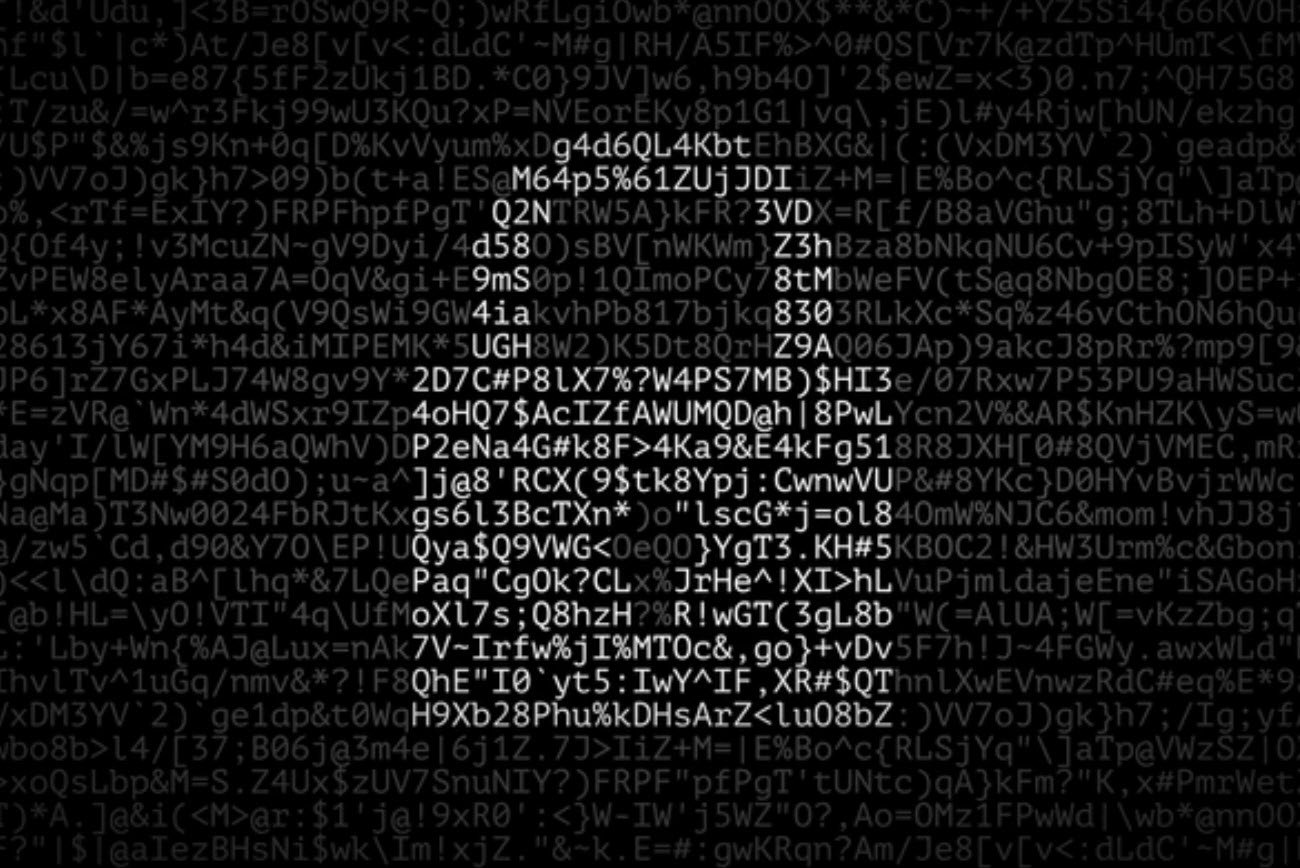
The cardiovascular system comprises the heart, blood vessels, and blood. It functions to deliver oxygen, nutrients, hormones, and other essential substances to tissues throughout the body. The heart pumps blood, while blood vessels (arteries, veins, and capillaries) distribute it. The cardiovascular system also plays a role in regulating blood pressure and maintaining fluid balance.
Here is the list of questions related to Cardiovascular System:
1. The time required for one cardiac cycle is:
a. 0.12 sec
b. 0.35 sec
c. 0.5 sec
d. 0.8 sec
Correct Answer – (d)
2. The total ventricular filling time is:
a. 0.38 sec
b. 0.25 sec
c. 0.32 sec
d. 0.22 sec
Correct Answer – (a)
3. First heart sound is due to:
a. Sudden closure of the AV valve
b. Sudden closure of semi-lunar valve
c. Contraction of atria
d. Sudden rush of arterial blood into ventricle
Correct Answer – (a)
4. The duration of second heart sound is:
a. 0.08-0.10 sec
b. 0.05-0.10 sec
c. 0.1-0.14 sec
d. 0.01-0.06 sec
Correct Answer – (c)
5. The slow repolarisation of the intra-ventricular septum produces:
a. P wave
b. U wave
c. Q wave
d. S wave
Correct Answer – (b)
6. The conduction time from SA node to ventricle is denoted by:
a. PR interval
b. TP interval
c. QT interval
d. PP interval
Correct Answer – (a)
7. The average cardiac index is:
a. 5.2 litres/min/m2
b. 4.8 litres/min/m2
c. 3.3 litres/min/m2
d. 2.6 litres/min/m2
Correct Answer – (c)
8. The increase of pulse during inspiration and fall during expiration occurs in:
a. Pulsus paradoxus
b. Pulsus altemans
c. Sinus arrhythmia
d. Pulsus bisferiens
Correct Answer – (c)
9. The total oxygen consumption of brain is:
a. 200 ml/min/100 gm
b. 300 ml/min/100 gm
c. 150 ml/min/100 gm
d. 50 ml/min/100 gm
Correct Answer – (d)
10. The capillary pressure in pulmonary artery is:
a. 60 mmHg
b. 25 mmHg
c. 100 mm Hg
d. 80 mm Hg
Correct Answer – (b)
11. The average blood flow through myocardium is:
a. 40 ml/100 gm/min
b. 80 ml/100 gm/min
c. 220 ml/100 gm/min
d. 250 ml/100 gm/min
Correct Answer – (b)
12. Capacitance vessels are:
a. Arteries
b. Metarterioles
c. Veins
d. Capillaries
Correct Answer – (c)
13. Total ventricular systolic time is denoted by:
a. PP interval
b. RR interval
c. QT interval
d. PR interval
Correct Answer – (c)
14. The peripheral resistance indicate:
a. Diastolic blood pressure
b. Systolic blood pressure
c. Pulse pressure
d. None of the above
Correct Answer – (a)
15. The resting blood flow of muscle which is 7-9/ml/100 gm tissue is increased to during exercise:
a. About 20 ml/100 gm tissue
b. About 50 ml/100 gm tissue
c. About 60 ml/100 gm tissue
d. More than 100 ml/100 gm tissue
Correct Answer – (d)
16. Respiratory quotient during moderate exercise more or less same as resting state is:
a. 0.69 to 0.79
b. 0.85 to 0.89
c. 0.55 to 0.65
d. 0.25 to 0.35
Correct Answer – (b)
17. During severs exercise the lactate content of blood goes up to (resting state is 10-20 mg/%):
a. 20.40 mg%
b. 40 to 50 mg%
c. 50 to 70 mg%
d. 100-200 mg%
Correct Answer – (d)
18. Average venous pressure of human being in recumbent position is about:
a. 0-5 cmH20
b. 5-20 cmHp
c. 60-120 cm H20
d. 180-350 cm Hp
Correct Answer – (c)
19. Rate of conduction (metre) in SA node is:
a. 0.05 per sec
b. 0.1 per sec
c. 1.0 per sec
d. 0.4 per sec
Correct Answer – (a)
20. The normal direction of mean cardiac vector ranges from:
a. -60 to -30 degree
b. 60 to 120 degree
c. 110 to 18 degree
d. -30 to 110 degree
Correct Answer – (d)
21. Baroreceptor regulate blood pressure in pressure range of:
a. 60 to 200 mm Hg
b. 50 to 200 mm Hg
c. 80 to 120 mm Hg
d. 60 to 100 mm Hg
Correct Answer – (a)
22. Increase distension of ventricle due to excess ventricular filling leads to:
a. Tachycardias, vasodilatation, hypertension
b. Bradycardia and vasoconstriction
c. Bradycardia, vasodilatation and hypotension
d. All of the above
Correct Answer – (c)
23. Endothelium derive relaxing factor produces:
a. Contraction of vascular smooth muscle and reduces blood pressure
b. Relaxation of vascular smooth muscle and increases blood pressure
c. Relaxation of vascular smooth muscle and decreased blood pressure
d. It has no effect on smooth on used
Correct Answer – (c)
24. High output failure occurs in all conditions, except:
a. Beriberi
b. Paget’s disease
c. Tuberculosis
d. Arteriovenous fistula
Correct Answer – (c)
25. Endotoxin released by bacteria producing venodilatation may lead to:
a. Neurogenic shock
b. Septic shock
c. Obstructive shock
d. Endotoxic shock
Correct Answer – (d)
You may also like:- Code/Decode – Practice Test Questions With Answers
- Common Interview Questions and How to Tackle Them
- Mastering 25 Common Job Interview Questions
- Biology MCQ Quiz Questions with Answers
- [Human Physiology] Gastro-Intestinal Tract – MCQ Questions with Answers
- [Human Physiology] Respiratory System – MCQ Questions with Answers
- [Human Physiology] Nerve and Muscle – MCQ Questions with Answers
- [Human Physiology] Blood – MCQ Questions with Answers
- [Human Physiology] General Physiology – MCQ Questions with Answers
- Top 50 Biology One-liners Questions and Answers








